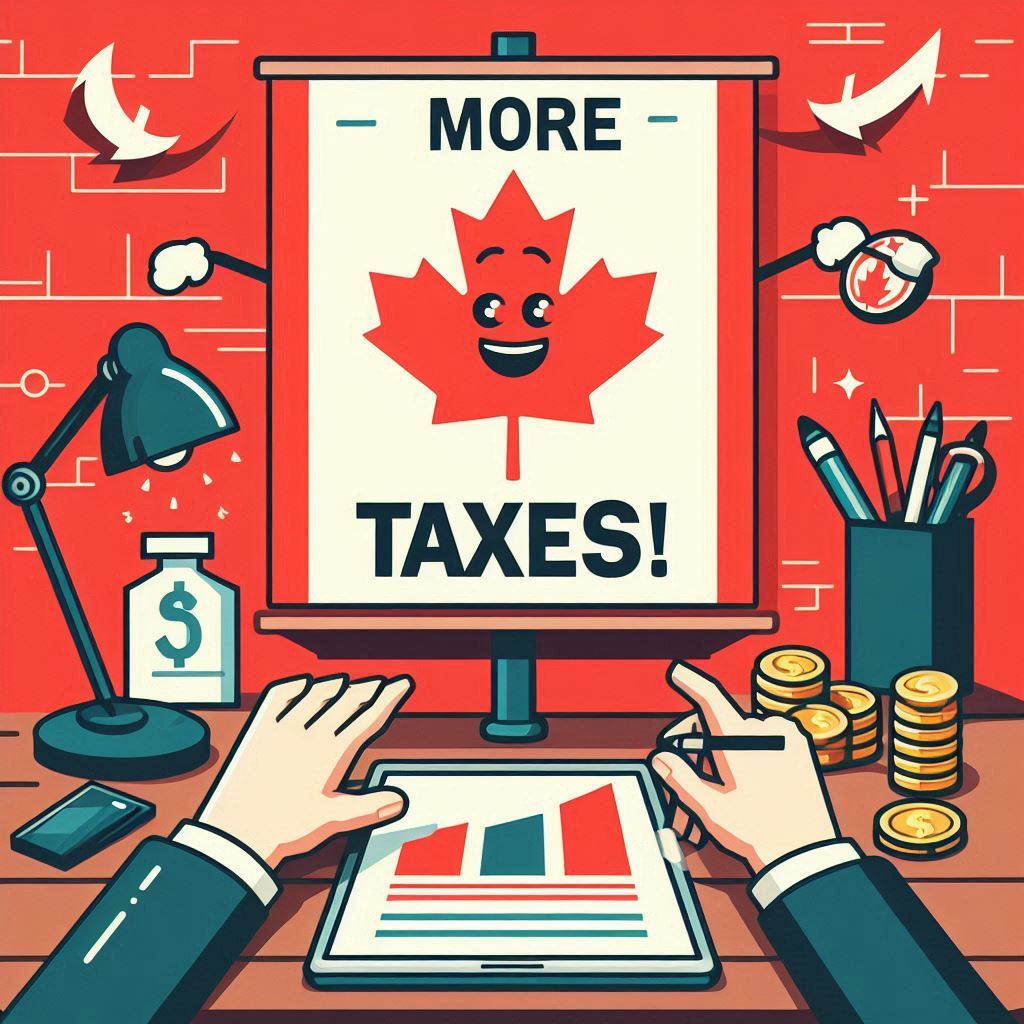The Latest Excise Tax Increase on Vaping Products in Canada: What You Need to Know

As part of ongoing efforts to regulate the vaping industry and address public health concerns, Canada has introduced a new excise tax increase on vaping products. This change, which took effect recently, has significant implications for consumers, retailers, and the industry as a whole. In this blog, we will explore the details of the new tax, its intended purpose, and the potential impacts it may have.
What is the New Excise Tax?
The latest excise tax increase on vaping products in Canada was implemented to curb the rising use of these products, especially among youth. This tax is an additional charge imposed on vaping products, including e-liquids and devices, at the point of production or importation. The goal is to make these products less accessible and less attractive by increasing their price.
Key Details of the Tax Increase
1. Rate of Increase: The specific rate of the tax increase varies depending on the type and quantity of the vaping product. Generally, the tax is applied per milliliter of e-liquid and varies for products with and without nicotine.
2. Implementation Date: The tax increase came into effect on July 1st, 2024, giving manufacturers, retailers, and consumers time to adjust to the new pricing structure.
3. Scope: The tax applies to all vaping products sold in Canada, whether produced domestically or imported. This includes both nicotine-containing and nicotine-free e-liquids.
Purpose of the Tax Increase
The primary objectives of the excise tax increase are:
1. Public Health: By increasing the cost of vaping products, the government aims to deter their use, particularly among young people who may be more price-sensitive. Vaping has been linked to several health concerns, and reducing its prevalence is a key public health goal.
2. Revenue Generation: The additional revenue generated from the excise tax will be used to fund public health initiatives, including education and prevention programs related to vaping and smoking.
3. Regulation and Control: The tax is part of broader regulatory measures aimed at controlling the vaping market, ensuring product safety, and preventing illicit sales.
Impact on Consumers
For consumers, the most immediate impact of the excise tax increase is higher prices for vaping products. This may lead to several outcomes:
1. Reduced Consumption: Higher prices could discourage current users from continuing to vape and deter potential new users from starting.
2. Shift to Alternatives: Some consumers may switch to alternative nicotine products, such as traditional cigarettes, which could have unintended public health consequences.
3. Financial Strain: Regular users of vaping products may experience financial strain due to the increased costs, particularly if they are unable to quit or reduce their consumption.
Impact on Retailers and Manufacturers
Retailers and manufacturers of vaping products will also feel the effects of the tax increase:
1. Decreased Sales: Higher prices may lead to a reduction in sales volume, affecting revenue and profitability.
2. Compliance Costs: Businesses will need to ensure they comply with the new tax regulations, which may involve additional administrative and operational costs.
3. Market Shifts: Companies may need to adjust their product lines and marketing strategies to account for changes in consumer behaviour and demand.
The latest excise tax increase on vaping products in Canada represents a significant regulatory move aimed at addressing public health concerns and generating additional government revenue. While the tax is expected to reduce the prevalence of vaping, especially among youth, it also poses challenges for consumers, retailers, and manufacturers. As the market adjusts to these changes, it will be important to monitor the outcomes and assess whether the tax achieves its intended goals.
For those involved in the vaping industry or who are regular users of vaping products, staying informed about these changes and their implications is crucial. As always, public health and safety remain the top priorities, and measures like these are steps towards a healthier society.

